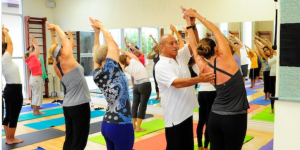Results Rehabilitation | 1224 10th St Suite 204, Coronado CA 92118 | (619) 437-6450 | Results Treatment Method (RTM)
2021 All Rights Reserved, Content included on this site, such as text, graphics, logos, button icons, images, audio clips, digital downloads, data compilations, and software, are the property of or licensed to Results Rehabilitation and Results Rehab Eastlake Inc., Read More.

There is a lot of information about bad posture and how to correct it. . Phones and computer work created an epidemic of neck and upper back pains triggered by bad postures. Shoulder and poster straps/ gear is becoming more popular to purchase to get you the quick fix relieve!
It becomes overwhelming to try to find out what is best for you since everybody’s body is a little bit different and may also presents with different preconditions . What do I mean by that?
You may do some exercises to help your posture but your shoulders start hurting because your shoulders are too tight or have a precondition which you can’t be stressed.
Or you have some discomfort and pain near the shoulder blade or under the shoulder blade one side more than the other.
Or you follow some exercises which may temporarily make you feel better but you don’t see posture actually improve over time even with you being diligent working on those exercises on a day-to-day basis.
You wear a brace or strap system but when you don’t you fall back into a bad position !
Some basic concepts have to be followed in order to make a difference in the way your spine feels and improves in positions.
· Exercises have to be distinguished between pain relieving activities near the spine which may influence your posture in a positive way.
· Other therapeutic exercises may have to do with some specific stretches necessary to allow the spine to have room to be repositioned.
· Strengthening exercises selectively for postural improvement are frequently recommended but hard to execute and your awareness of selective movements of the spine is not developed yet.
Basic concepts should be followed when attempting to fix or improve your posture
improve your mobility of your spine before you superimpose stretches and strengthening exercises
In order to understand this a little bit it helps to understand basic biomechanical concepts explaining some of the needed sequencing in Exercises in order to be successful to improve posture.
Recognize that your low back is frequently tight when you sit for prolonged periods of time in the lower back is slouched. Corrective movement for that would be making the lower back arch.
Yet the low back can also be to arched and compressed because your middle back doesn’t support you (is rounded ) or your hip became very tight due to prolonged sitting position .
Your body will compensate and tight structures and muscles adjacent to the lower back will effect it causing a overarching low back which causes compression of the spine .
So when you lower back is not held in a balanced neutral place because of the hip muscle pulling into a bad pelvis position and the middle back is too flexed and weak you need to start working on your tight hip muscle with stretches or assisting the middle to loosen up to straighten up in order to help the lower back.
When the middle back is too flexed because we slouch, leaning forward looking at our cell phones and laptop computers , we often create the most significant problems in the lower back and of course in the upper back and neck . Muscle imbalances are created with tight chest muscles and hyperactive neck muscles trying to hold the neck from falling off the middle back.
Again you have to address the tight chest muscles and tight back and front neck muscle to allow you middle back to straighten up prior to just stretching you neck. The improved length of those tight muscle will allow you to start feeling the straightening of you middle back — Feeling how to activate muscle in the middle of you back is becoming the most difficult task of all.
As you can see posture is not just : “Sit up straight!” “Push you chest out!” “Don’t slouch!”, “Roll you shoulder blades back!” —- Commands or statements we heard for year. Good posture improvement can become a complex multi regional task yet can be very much accomplished with the guidance of a skilled physical therapist. The RTM method is designed to sequentially improve patients body / spinal and postural awareness and correction.
Please contact us at 619-437-6450 or results@resultsrehab.com for more info.
